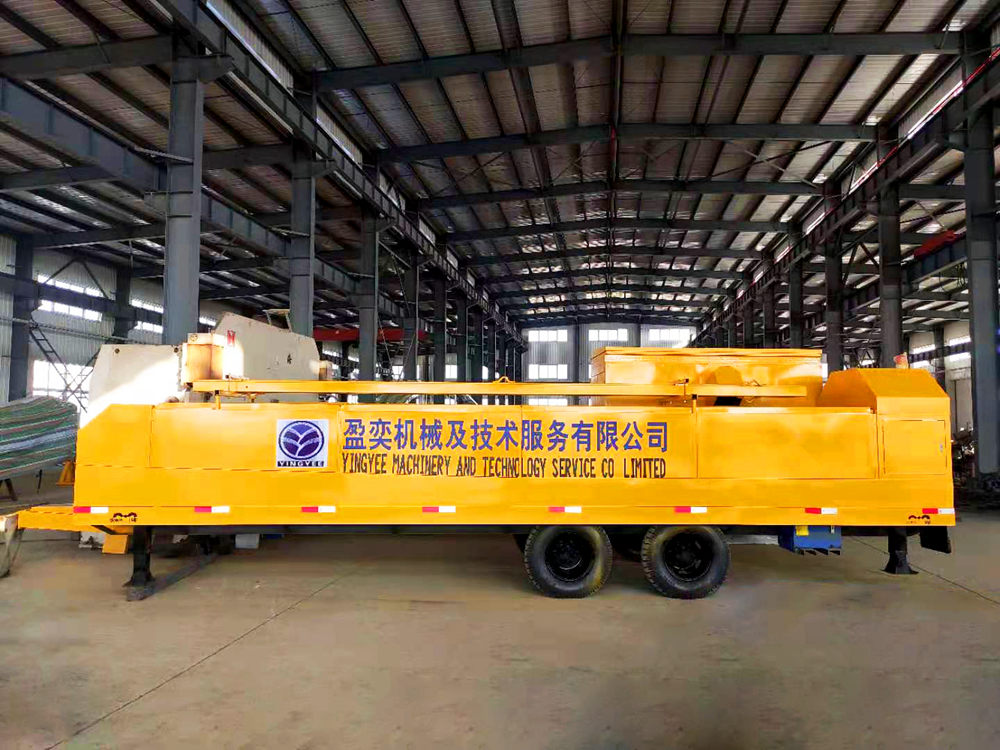
The Technology Behind T-Bar and T-Grid Roll Forming Machines An Overview
In modern construction and manufacturing, efficiency and precision are paramount. Roll forming machines have emerged as essential tools for producing various structural components, including T-bars and T-grids. These components are widely utilized in ceilings, frameworks, and other architectural applications due to their durability and versatility. This article explores the intricacies of T-bar and T-grid roll forming machines, outlining their operational mechanisms, benefits, and applications.
Understanding the Roll Forming Process
Roll forming is a continuous bending operation in which a long strip of metal is passed through a series of rollers to achieve the desired cross-sectional profile. In the case of T-bars and T-grids, the process begins with a flat metal sheet, typically made of steel or aluminum. These sheets are fed into the rollers, which are designed to gradually shape the metal into the required T-profile.
The design of the rollers is critical, as each roller must be meticulously crafted to guide the metal strip accurately. The roll forming process is highly efficient, allowing production at high speeds with minimal waste. Moreover, adjustments can be made to accommodate various sizes and shapes, making roll forming machines adaptable to different production needs.
Key Components of T-Bar and T-Grid Roll Forming Machines
A typical T-bar and T-grid roll forming machine consists of several key components
1. Feeding System This part ensures the consistent feeding of raw materials into the machine. It is equipped with guides that keep the metal strip aligned for precise processing.
2. Rollers The heart of the machine, the rollers are responsible for shaping the metal. A series of roller stations progressively shape the metal into the desired T-bar or T-grid profile. The rollers can be made from various materials, including hardened steel, to withstand the rigors of repeated use.
3. Cutting Mechanism After the metal has been formed into the desired profile, it needs to be cut to the appropriate length. This is typically done using a flying shear or a stationary cutting method, depending on the specifics of the production line.
4. Control System Modern roll forming machines are equipped with advanced control systems that allow for precise adjustments to speed, pressure, and dimensions. These systems ensure that quality is maintained throughout the production run.

Benefits of T-Bar and T-Grid Roll Forming Machines
The benefits of using roll forming machines to produce T-bars and T-grids are numerous
- Efficiency The continuous process allows rapid production, significantly reducing manufacturing times compared to traditional methods.
- Consistency Roll forming machines produce uniform products with exact dimensions, which is crucial for structural components that need to fit precisely within construction frameworks.
- Material Savings Because the process minimizes waste, it is more environmentally friendly and cost-effective than alternative manufacturing techniques.
- Versatility These machines can be customized to produce different profiles and sizes, catering to various project requirements.
Applications in Construction and Beyond
T-bars and T-grids produced by roll forming machines are integral in the construction industry. T-grids are widely used in suspended ceilings, allowing for easy access to utilities and services above. T-bars provide structural support in various applications, from commercial buildings to residential construction.
In addition to construction, these components are also used in automotive applications, manufacturing, and other sectors where strong, lightweight structural elements are required. As industries evolve and technology advances, the significance of T-bar and T-grid roll forming machines will only continue to grow.
Conclusion
T-bar and T-grid roll forming machines represent a convergence of engineering precision and innovation. Their ability to produce high-quality, consistent components at speed makes them indispensable in contemporary manufacturing and construction. As the demand for efficient building solutions increases, so too will the reliance on this advanced technology, marking a crucial step towards sustainable and efficient industrial practices.